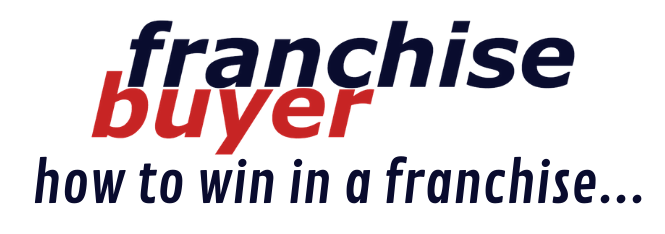
Matching your store to the Market in 2017
Many small businesses are forced to make very big commitments on rather thin information. When you are looking at signing that 10-year lease for your first (or next store), you hope your view on who is your “Market” is correct.
Many times, you have observed who your clientele is, and you hope that those are the people living and working in the area you have chosen. In many cases, you can improve the probability of success by linking who your actual customer is to the data that is available.
Understanding who your customer is.
There are many ways to try and understand who your customer is. These range from observation, running focus groups or undertaking some form of survey. Being from a statistical background, we recommend the latter as it can be measured and analysed, and the results can be married into the relevant data available as business or residential demographics.
By undertaking a simple survey, you can address the questions you want answered in a statistical way. We recommend a survey tailored to meet the simple questions you need to know.
Typical of the information you should be seeking is:
- Male / Female
- Age profile
- Whether the purchase is related to being there due to work or where you live.
- Family type or status
- Ethnicity (if felt to be a major Driver)
- Income (sensitive issue)
The number of surveys is always a question. When we work for a major international fast food chain, their minimum is 300 surveys, yet we aim for 500. The issue they are normally addressing is cannibalization of new stores, and it is very sensitive as to whether people feel they will move their business to a new store or not.
Our view is that around 300 – 500 is a good indication, however if we had 4 existing stores we are using, we would probably look at 100 - 150 surveys from each store.
What should we ascertain from the surveys?
Our view is we are trying to distinguish who our customer is so we can match this to the area and type of people we would expect to be present

Type of person and age.
Asking the Male / Female question is really for your own interest and maybe to help match to what other generators are in the area. Across Australia the male / Female proportion is normally 49 / 51, apart from areas such as mining towns etc. Most areas in capital cities are very consistent. The age may be a question you ask, at least into a range, or you may choose to have the surveyors give their best estimate, I recently did a survey at a DFO outlet and just marked people as Male / Female, then 0 – 12 (kids), 13 – 19 (teenagers), 20 – 40, 40 – 60, 60 +.
Home or work?
It is important to understand if a person purchases off you because they are working in the area, or they live in the area. A lunchtime sushi business is probably 90% related to where people work, where a fast food restaurant with a Drive Thru is probably 90% related to where people live. Knowing the type of customer influences your location.
Family type or status.
If an area is strong in young families, then the type of offer and marketing will be completely different to an area such as near a university, where students are the major customers. This can influence the price points and the marketing of the offer you are making.
Ethnicity
There are some products and services that can be strongly influenced by the ethnicity. If it is easily observed that certain types of people are a higher proportion of customers than the areas average of those type of people, then this should be considered.
Income
If you are selling a relative high value product, then the income of the area will have an effect. Income may be gauged by asking if a person will indicate an annual income range, or if it is a minor purchase, maybe the surveyor can make some indication based on how people look or dress (or the car they drive).
Summary
With this information, we should be able to determine some indication of who our customer is rather than just the average of the area. Using this information in determining locations. Once we have the understanding from the surveys, we can match this to the residential and business demographics of the potential area. Census 2016 is being released over the 2nd half of this year (2017), and this gives us a very good understanding of the issues we have recommended be surveyed above.
The Australian Bureau of Statistics have also recently released data on business counts at postcode area, cross referenced to the
size of the business (number of employees) and the business classification. Whilst not an exact dataset, we can deduce whether an area has high / medium or low levels of employment, combined with the type of work being done, broken into 16 ANZIC classifications






